http://smackapparel.com/2015/10/08/nhl-rivalries/
|
Here is a story I wrote for Smack Apparel about 10 of the top rivalries in the NHL.
http://smackapparel.com/2015/10/08/nhl-rivalries/
0 Comments
Here is a story I wrote for Sports Collectors Daily about 10 cool hockey cards through the years that define the sport for collectors. These are must-have cards if you collect:
http://www.sportscollectorsdaily.com/celebrate-hockeys-return-with-10-great-cards/ 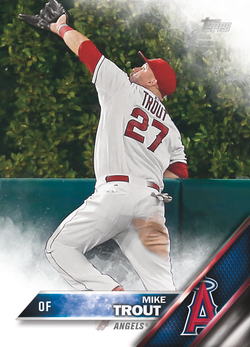 The list of candidates for No. 1 is down to five. Topps announced the five finalists for Card No. 1 in its flagship 2016 Series One baseball on Wednesday. The players were chosen after thousands of ballots were cast online for the past 10 days. The finalists are Cubs third baseman Kris Bryant, Angels outfielder Mike Trout, Blue Jays third baseman Josh Donaldson, Nationals outfielder Bryce Harper and Giants catcher Buster Posey. Voting for the winner is now open and will end on October 12 at 11:59 p.m. Go to Topps.com to cast your ballot. Some great players have been featured at No. 1, like Ted Williams, Nolan Ryan, Willie Mays, Hank Aaron and Derek Jeter. To promote your vote on social media, use the hashtag #VoteCardNo1. Topps released a prototype of what all five cards might look like.. Here is a story I wrote for Sports Collectors Daily about the 1961 Golden Press baseball Hall of Fame set . This was a 33-card set that was released in 1961.
http://www.sportscollectorsdaily.com/golden-press-baseball-set-honored-hall-of-famers/ I love old baseball photographs. Especially when they are wire service photos from the past. That’s why I was happy to receive a package from Don Roth of New York. Don’s a retired high school teacher and baseball coach. Don is a longtime baseball card trader and friend, and we meet every March during spring training — not at a ballpark, but generally at an International House of Pancakes restaurant in Lake Wales, Florida. We’ve been sending packages to one another for more than 15 years. Today was an example of perfect timing. I received an envelope from Don that included an Associated Press wire photo from October 5, 1956 — Game 2 of the World Series at Brooklyn’s Ebbets Field. This photo shows New York Yankees reliever Tom Morgan (28) catching a ball flipped to him by manager Casey Stengel. Leaving the mound was departing pitcher Tom Sturdivant, who started the bottom of the third inning in relief of Tommy Byrne. 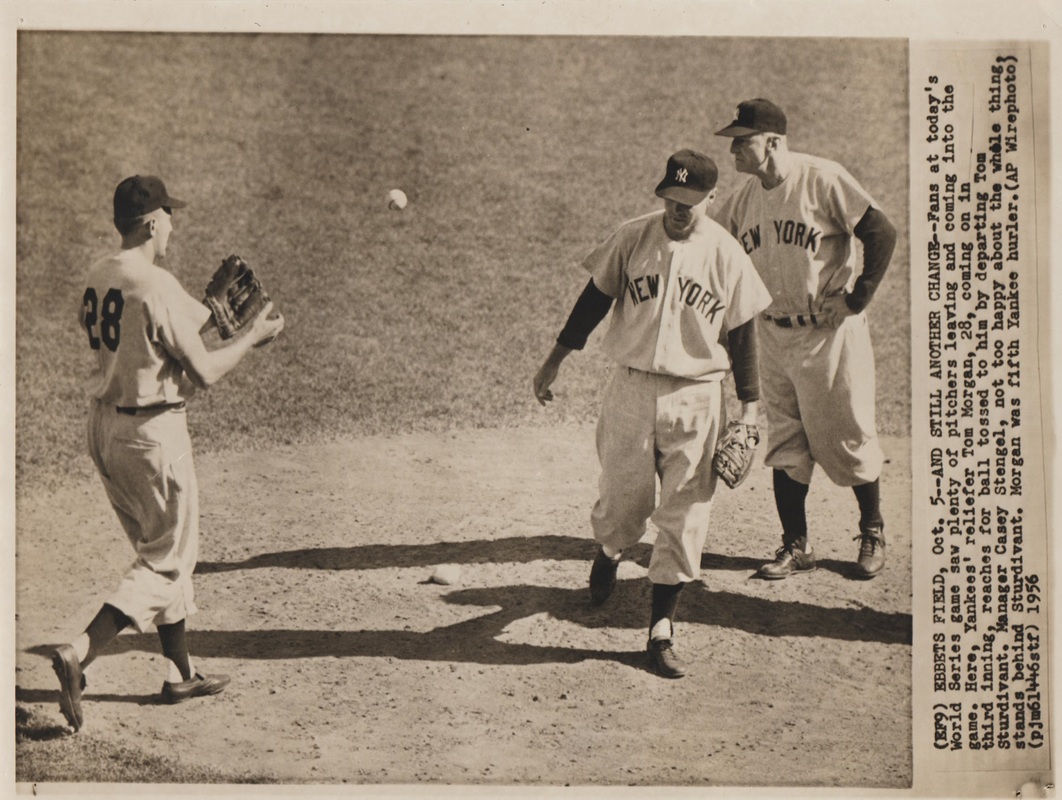 When Sturdivant entered the game, it was tied 6-6. But after Sturdivant allowed one run and faced a bases-loaded jam with two outs, Stengel came out and called for Morgan. While the photo caption notes that Sturdivant tossed the ball to Morgan, the body language of Stengel suggests he was the one doing the flipping. Morgan did his job, getting Pee Wee Reese to pop out to Jerry Coleman at second base. But while the Yankees tied the score in the top of the fourth inning, the Brooklyn Dodgers scored a pair of runs thanks to Gil Hodges’ two-run double. That ended Morgan’s day, as Stengel yanked him in favor of Bob Turley. Morgan was saddled with the loss as Brooklyn won 13-8 to take a 2-0 lead in the World Series. The Yankees used seven pitchers that day. The New York starter, who lasted just 1 2/3 innings, was a journeyman right-hander named Don Larsen. Larsen would last much longer in his next Series start; in fact, he would be perfect. For Larsen, starting Game 5 after the Yankees fought back to even the Series, would pitch the only perfect game in the Fall Classic’s history on October 8, 1956. This wire photo captures the frustration of manager and pitcher from an important postseason game 59 years ago. It’s certainly a treasure. Thanks for the memories, Don. 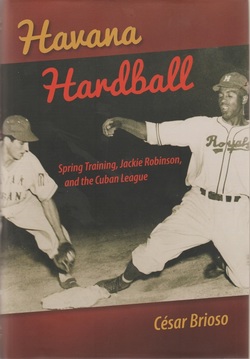 The spring of 1947 was a defining moment in organized baseball. Even the most casual baseball fan knows that Jackie Robinson broke the color line in baseball that spring. But at the same time, Major League Baseball was being threatened by the outlaw Mexican League and the Cuban League was in danger of being blackballed by organized baseball. Meanwhile, the most exciting pennant race in Cuban League history came down to the final weekend, as Almendares rallied past Habana in a battle of “The Eternal Rivals.” It’s complicated to combine these elements and create a cohesive story, but César Brioso is more than equal to the task in “Havana Hardball” (University Press of Florida; hardback; $24.95; 302 pages). A veteran sportswriter who was born 50 years ago in Havana, Brioso works as a digital producer at USA Today Sports. His newspaper experience includes stops at USA Today, the Miami Herald, the South Florida Sun-Sentinel, the Tampa Tribune and the Ocala Star-Banner. He graduated with a bachelor’s degree in journalism from the University of Florida in 1988, and is a member of the Society for American Baseball Research. He also has a very informative blog about Cuban baseball at http://cubanbeisbol.com/.  Brioso writes clearly and has a direct style that tells a story without being flashy or flowery. His love for history, particularly about Cuban League baseball, is evident through “Havana Hardball.” His research is thorough, and that comes in handy as he sifts through the murky, colorful history of the Cuban League. Brioso, who is passionate about Cuban baseball, introduces the readers to characters like Adolfo Luque, who managed Cienfuegos. The “Havana Perfecto,” Luque was a 20-year pitching veteran who led the National League in wins (27), ERA (1.93) and shutouts (six) in 1923 with the Cincinnati Reds, who finished second behind the New York Giants. In Cuba, Luque taught a young Sal Maglie the importance of owning the inside part of the plate, even if it meant a high, hard pitch aimed at the batter. Orestes “Minnie” Minoso, Max Lanier, Martin Dihigo and Agapito Mayor were other players who made an impact. Miguel Angel Gonzalez, who managed Habana, had been a longtime third base coach for the St. Louis Cardinals. Dihigo and Mayor never made it to the major leagues, although Dihigo would eventually be elected to the Hall of Fame. In Cuba, all of these men were equal, regardless of race or ethnicity. That created a rich mixture of players, and some exciting baseball, too. In the hotly contested pennant race in the Cuban League, Lanier and Mayor combined to win nine of Almendares’ final 13 victories at the end of the 1946-47 season. Think Yankees-Red Sox, and you can understand how passionate both teams (and fan bases) were about winning the pennant. There was prejudice in Cuba, too, but it wasn’t as intense as it was in the Deep South. That was the reason Branch Rickey brought his team to Cuba for spring training in 1947, hoping to ease Robinson into the Brooklyn organization and eventually into the Dodgers’ major-league lineup. It did not go as smoothly as Rickey had hoped, but the experiment received less antagonism than it would have in Florida’s Grapefruit League. Brioso also charts the outlaw Mexican League, adding more detail to a chapter in baseball history that normally gets hardly more than a footnote or a passing nod. The Mexican League was a viable threat in 1947, and the players in the majors and the Cuban League had some hard choices to make. During the course of his research, Brioso finds some great nuggets. There is a fascinating story of a boxing match during spring training in 1942 between a drunken Ernest Hemingway and Dodgers reliever Hugh Casey at the writer’ farm outside Havana. Casey was reluctant to lace up the gloves until Hemingway sucker-punched him. Casey then battered the famous author until Hemingway ended the fight by kicking him in the crotch. Hemingway offered to resume the bout the next day in the form of a duel, but Casey’s teammates dragged the pitcher away before that could be arranged. Dixie Walker may be remembered as one of the ringleaders in circulating a petition to protest Robinson joining the Dodgers, but another action he took is just as far reaching, although much more subtle. Walker, seeing first baseman Lou Ruchser hit in the jaw with a line drive during batting practice, created a wire screen in a frame and positioned it in front of first base. Manager Leo Durocher called it “the greatest idea in the world.” The screen idea would become popular among all major-league teams. Despite his research, Brioso does make a few minor errors. He refers to Philadelphia Athletics pitcher Jack Coombs as Combs, and spells the last name of journeyman outfielder Josh Devore as “DeVore.” Those do not detract from the flow of the book. “Havana Hardball” is a nice addition to a baseball history fan’s library. It provides context to one of baseball’s greatest moments, and also reveals the talent of baseball in Cuba and the fervor of its fan base. It’s a clear, concise look at baseball’s Cuban connection. Topps finishes off its 2015 Heritage baseball product with its High Number series, and it’s a nice touch that it is being offered not as a premium set, but as a “regular” group of cards. Like the regular Heritage set, the design mirrors the 1966 Topps set, which was one of my favorites sets to collect growing up. So yes, there is some sentimentality involved when I look at the design. 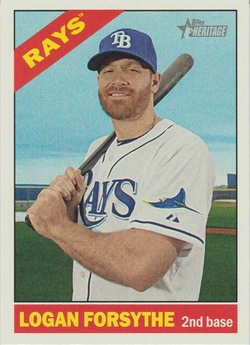 There are 24 packs in a hobby box, with nine cards to a pack. Topps is promising one autograph or relic card per hobby box. The box that I opened had a box topper that was an advertising panel of Matt Joyce, Johnny Giavotella and Seth Smith. I find that interesting because in one of the packs I opened, I drew all three of those players, back-to-back-to-back. In that same pack, I pulled a chrome card of Kris Bryant; the next card was Bryant’s base card. Other box toppers include 1966 Topps buybacks, with original cards stamped; and a Punch-Out card that is much scarcer. The base set has 200 cards, starting with card No. 501 and ending at No. 700. The final 25 cards (Nos. 701 to 725) are short prints and fall one in every three packs. Any time I open a box that contains approximately 700 cards, I am asked who was tagged at No. 666. This year, its Phillies rookie outfielder Odubel Herrera. The hobby box I opened yielded 189 base cards and eight short prints. 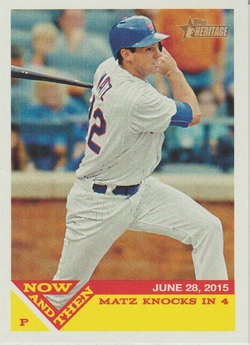 While Real One Autographs can be found in boxes (some boxes contain Dual Autographs), I found a Clubhouse Collection Relic. It was kind of an appropriate one — a Nolan Ryan bat card gold parallel, numbered to 99. Even though Ryan’s rookie card is in the 1968 set, he first saw action with the Mets in 1966. What makes the Ryan so appropriate was that one of his no-hit feats — two in one season (1973) — was matched Saturday night by Max Scherzer. The bat card did make me chuckle, though, since Ryan owned a .110 lifetime batting average. But since Ryan owned so many batters during his career — seven no-hitters and 5,714 strikeouts — maybe a bat card sends a subtle message. Or maybe I am just overthinking this. The inserts are similar to the regular Heritage set. Now and Then plays off a 2015 highlight with something that occurred in 1966. At times, the factual parallels in this 15-card subset work; other times, they appear to be a stretch. A typical hobby box will deliver three of these inserts, and true to form, that’s what I pulled. 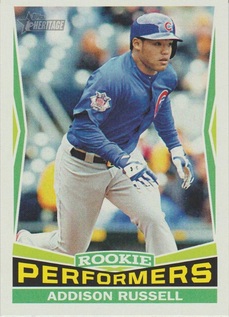 Rookie Performers is another 15-card insert set, and collectors can expect to find three in each hobby box. This insert replaces the New Age Performers in the main Heritage set, and keys on the subject’s rookie highlights. Award Winners is a 10-card subset that fall three per hobby box. As the name implies, these inserts pay homage to players and managers who won awards during 2015. The final insert set is Combo Cards, another 10-card offering that collectors will find once in every eight packs. 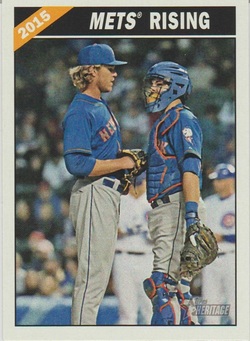 The High Numbers set also has its usual complement of chrome parallels, with 50 in this year’s set. Two of the cards I pulled (Martin Prado and Francisco Lindor) were numbered to 999. The third one, of Bryant, is a refractor numbered to 566 and can be found in every 30 packs. Variations are also present in Heritage High Numbers. The Action Image is exactly what it sounds like. It is a photo of a player in action, hitting or throwing. Most of the Heritage base cards are posed shots, so it will be easy to spot the difference. 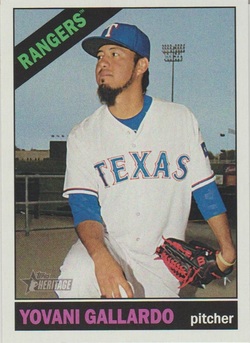 The Color Swap variation requires sharper eyes. The text at the bottom of the card and in the diagonal banner stripe at the top left-hand corner of the card are different colors than the base set. This card will occur once in every 76 packs. I pulled one of Rangers pitcher Yovani Gallardo. The team name is in green, while Gallardo’s name is in red. Topps Heritage High Numbers is an easy product for set builders, and the short prints give a collector just enough of a challenge to make the chase intriguing. There can be a lot of anticipation when opening a high-end product, particularly when there are only two cards and both are autographs. That’s what collectors can expect when opening a hobby box of 2015 Topps Supreme baseball. With a price ranging from $75 to $90 depending on the dealer, this product has the potential of delivering some nice autographs. 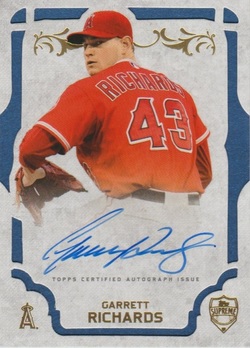 In 2014, Supreme had signatures, but on stickers. The hobby box of the 2015 version of Supreme had two autographs as advertised — and happily, both were on-card signatures. The regular autograph cards sport a vertical design, and the card has a layered look. The top of the card is stamped in gold foil, and the main photo of the player is ringed by a blue outline that is the bottom layer of the card. The top layer is gray. The base set features veterans and retired players. Some of the subjects include Hall of Famers like John Smoltz, Tom Glavine, Al Kaline, Barry Larkin, Frank Robinson, Lou Brock and Phil Niekro. Current stars like Mike Trout, Buster Posey, David Ortiz, Clayton Kershaw and Jose Altuve are also among the 80-card base set. The card I pulled was Garrett Richards. The on-card autograph is bold and stylish., and nicer than the on-card auto I saw from Topps Stadium Club earlier this year. It's really a plus when a player takes time to pen a nice signature. There are parallels in the base set: green, orange (numbered to 25), red (5) and a 1/1 Supreme. There also are 1/1 printing plates, four per player card. 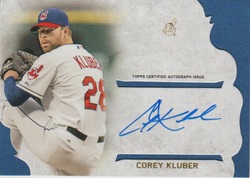 The second card I pulled was a Simply Supreme Autograph card of Indians pitcher Corey Kluber, last season’s Cy Young Award winner in the American League. This is also an on-card signature, and the team logo is stamped in gold foil. It looks kind of small in its placement near the top center of the card, but without it there would be a lot of wasted gray space. This card is also layered, with more blue apparent in the horizontal design. There is a blue strip above and below the player’s signature. Parallels are green, orange (numbered to 25), red (5) and Supreme (1/1). There also are 1/1 printing plate cards. With on-card autographs, Topps Supreme is definitely superior to last year’s product. There are some nice designs, and the blue backgrounds really let the photographs stand out. 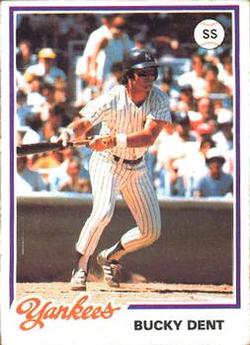 It’s been called “The Greatest Game,” but that’s open to debate. But the one-game playoff between the New York Yankees and Boston Red Sox on October 2, 1978, certainly belongs in the conversation. And depending on who you rooted for that day, the name “Bucky Dent” will either bring a smile to your face or a grimace. It was Dent’s improbable three-run homer that erased a 2-0 Boston lead in the seventh inning, and the Yankees would hold on to win 5-4 to capture the American League East title and clinch a spot against Kansas City in the ALCS. “It was a ball that everyone thought was going to be caught, a nothing kind of hit,” Leigh Montville told fellow author Harvey Frommer. The homer came after Dent fouled a pitch from Red Sox starter Mike Torrez off his ankle. As Dent hopped around in pain, on-deck hitter Mickey Rivers noticed that his teammate’s bat had a crack in it. He sent 18-year-old batboy Tony Sarandrea to the plate to give Dent the substitute bat. “Give this to Bucky,” Rivers said, quoted in a New York Times story about the game. “Tell him there are lots of hits in it. “He’ll get a home run.” That sounds almost unbelievable. But then again, the 1978 season had some unbelievable twists. There was so much at stake that afternoon at Fenway Park. The Yankees and Red Sox had both finished the season with 99-63 records. It’s how they got there that was so different. The 1978 Red Sox got off to a great start and at one point held a 10-game lead in the A.L. East over Milwaukee. New York was as far back as 14 games in July. The Yankees had stumbled under the mercurial Billy Martin, who was fired in mid-July and was replaced by Bob Lemon. Both teams had placed five players on the All-Star team— Carl Yastrzemski, Jim Rice, Carlton Fisk, Fred Lynn and Rick Burleson were the Red Sox representatives; the Yankees sent Ron Guidry, Reggie Jackson, Goose Gossage, Thurman Munson and Graig Nettles to the midseason classic. The Yankees caught fire after the managerial change, going 48-20 under Lemon (a .706 clip). The Red Sox, meanwhile, went 38-36 over their last 74 games. The two teams met in early September in what has been dubbed “The Boston Massacre” by sportswriters. The Yankees outscored the Red Sox 42-9 during that four-game sweep, and the two teams were suddenly tied. The Yankees then took over first place, but the Red Sox caught fire again, winning 12 of their last 14 regular-season games (including eight in a row). A coin flip had been taken before the end of the season in anticipation of a tie, and the Red Sox won. The playoff game would be played at Fenway, and Torrez — who pitched for the Yankees in 1977 — would square off against Ron Guidry, who entered the game with a 24-3 record. A crowd of 32,925 fans saw the Red Sox take a 1-0 lead on Yastrzemski’s solo homer in the second inning. Boston padded its lead to 2-0 on Rice’s RBI single in the sixth. The Yankees had managed just two hits off Torrez through six innings. With one out in the seventh, Chris Chambliss and Roy White singled. But Torrez got pinch-hitter Jim Spencer to fly out, bringing up Dent. Dent, who only had four homers to that point, lofted a pitch from Torrez over the Green Monster in left field to stun the Red Sox and the Fenway crowd. Yastrzemski could only watch helplessly as the ball barely cleared the wall and settled into the net. "I've always loved Fenway Park. But that was the one moment I hated the place, the one moment the wall got back at us," Yastrzemski told Frommer. "I still can't believe it went in the net." An unnerved Torrez walked Rivers and was replaced by Bob Stanley. Rivers then stole second and scored on Munson’s double to give New York a 4-2 lead. Jackson hit a solo homer in the eighth inning for a key insurance run. It was needed. Boston scored two runs off Gossage in the eighth to cut the deficit to 5-4, and had a chance to tie the game in the bottom of the ninth. The Red Sox were thwarted by the heady play of Yankees right fielder Lou Piniella. With Burleson on first base with one out, Jerry Remy scorched a line drive to right field. Piniella was blinded by the late afternoon sun and could not find the ball, but casually pounded his glove as if he were about to make a routine catch. Burleson had to wait, but the ball dropped next to Piniella, who stabbed at it on one hop, preventing the ball from rolling to the fence. Burleson could only advance to second. He went to third on Rice’s long fly out, but was stranded there when Yastrzemski popped up a Gossage fastball to Nettles at third to end the game. It was Gossage’s 27th save of the season. Yankees manager Bob Lemon had watched history repeat itself. In 1948, he played for the Cleveland Indians team that beat the Red Sox in a one-game playoff for the A.L. pennant at Fenway Park. The game featured seven players who would be elected to the Hall of Fame — Jackson, Gossage and Catfish Hunter for New York; and Yastrzemski, Rice, Fisk and Eckersley for Boston. Associated Press columnist Walter Mears told the story that fall about House of Representatives Speaker Tip O’Neill going to Rome to visit the pope. When O’Neill returned, he found himself at a function with Yastrzemski and told him the pope had mentioned him in conversation. Yastrzemski, of course, wanted to know what was said. “Tip, how the heck could Yastrzemski pop out in the last of the ninth with the tying run on third?" O’Neill quoted the Holy Father. I’m not sure that conversation actually took place, but it sums up the frustration felt by Red Sox fans 37 years ago today. It's hard to believe, but Rod Carew turned 70 today. What a wonderful hitter and a tough out. Seven American League batting titles, 3.053 hits, and a member of the Hall of Fame.
To honor Carew's seven batting crowns, here is a look at seven cool baseball cards that were issued during his career. I wrote thiss for Sports Collectors Daily: http://www.sportscollectorsdaily.com/celebrating-rod-carews-70th-with-seven-fun-cards/ Here is a preview I wrote for Sports Collectors Daily about Panini America's Complete Basketball, which will hit the shelves on November 18.
http://www.sportscollectorsdaily.com/panini-goes-old-school-with-complete-basketball/ Here's a story I did for Smack Apparel about the rivalry between the Pittsburgh Steelers and the Baltimore Ravens.
It's a rivalry full of hard hits, bad blood -- but tons of respect. When the two teams play tonight, sparks will fly. http://smackapparel.com/2015/10/01/steelers-ravens-rivalry/ |
Bob's blogI love to blog about sports books and give my opinion. Baseball books are my favorites, but I read and review all kinds of books. Archives
September 2023
Categories |
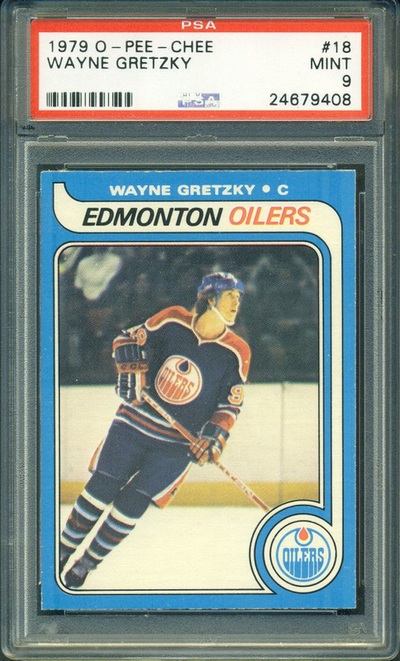
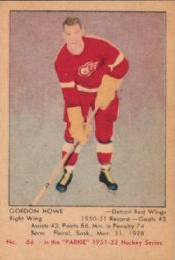
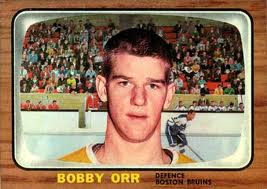
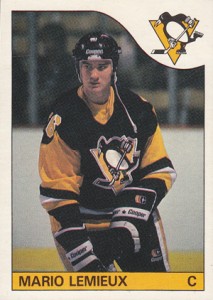
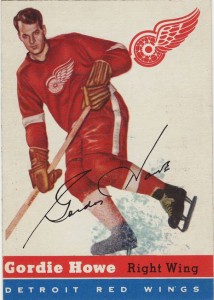
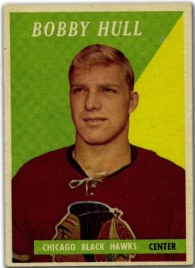
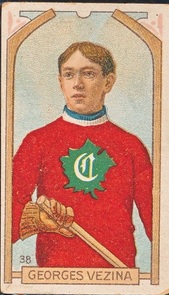
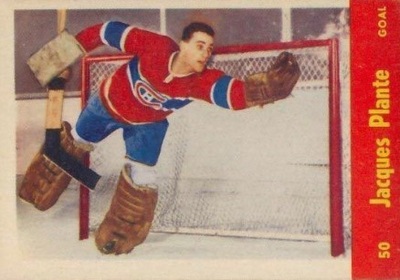
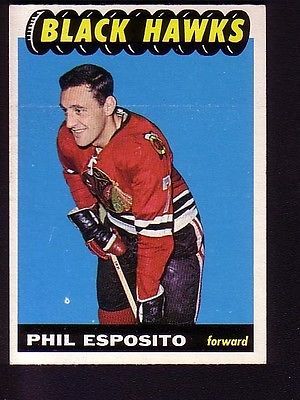
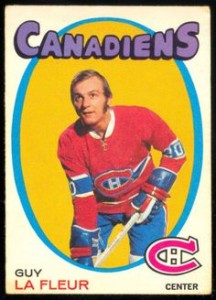
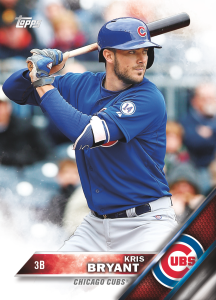
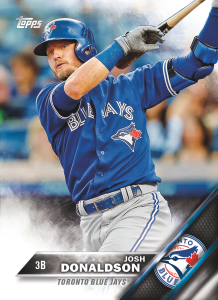
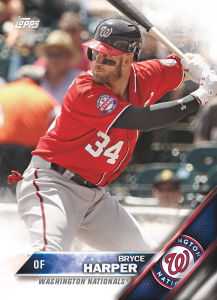
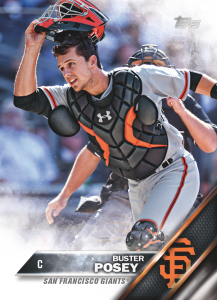
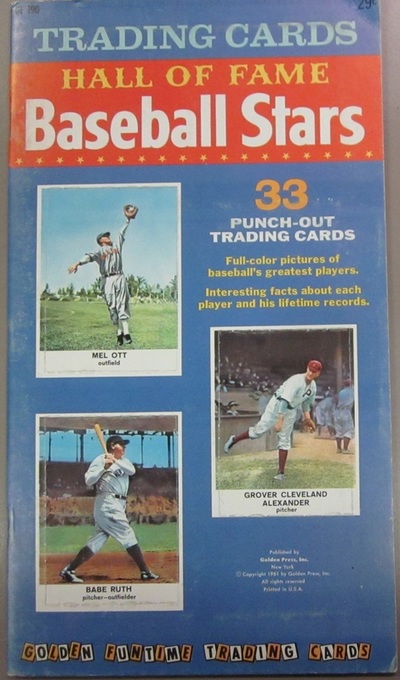
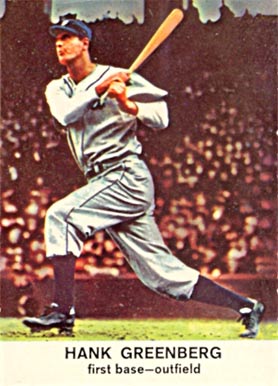
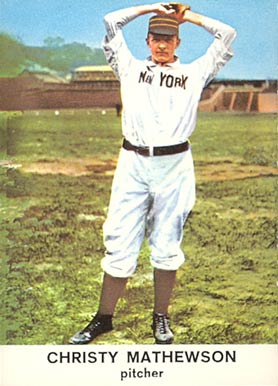
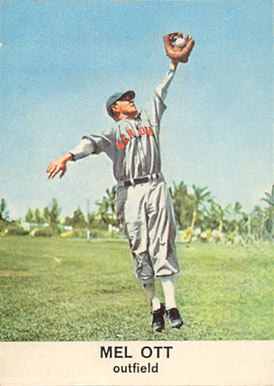
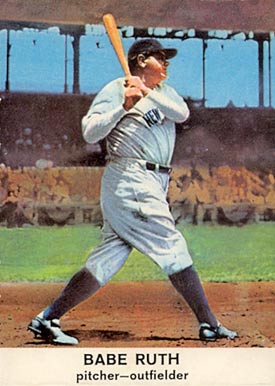
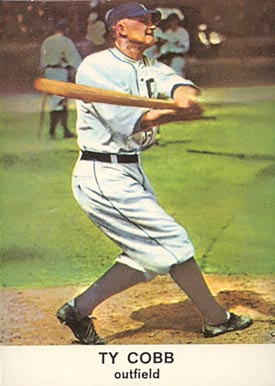
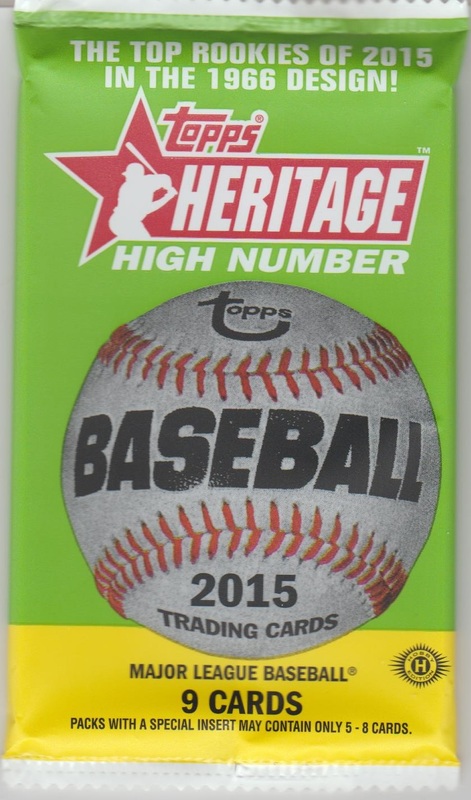
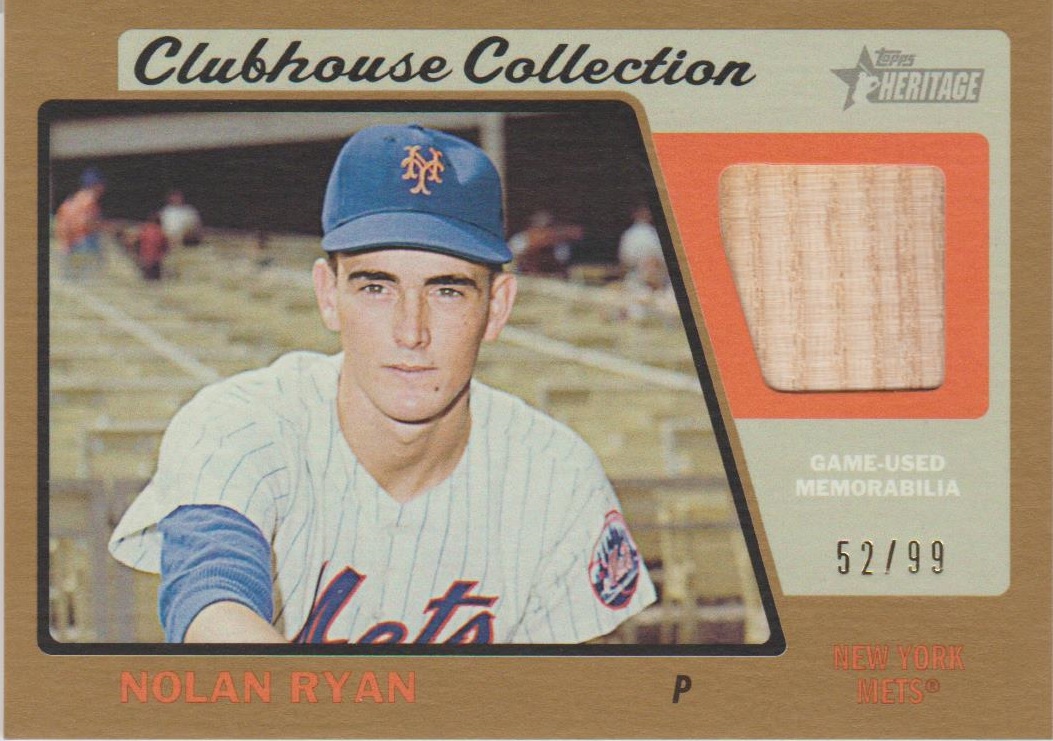
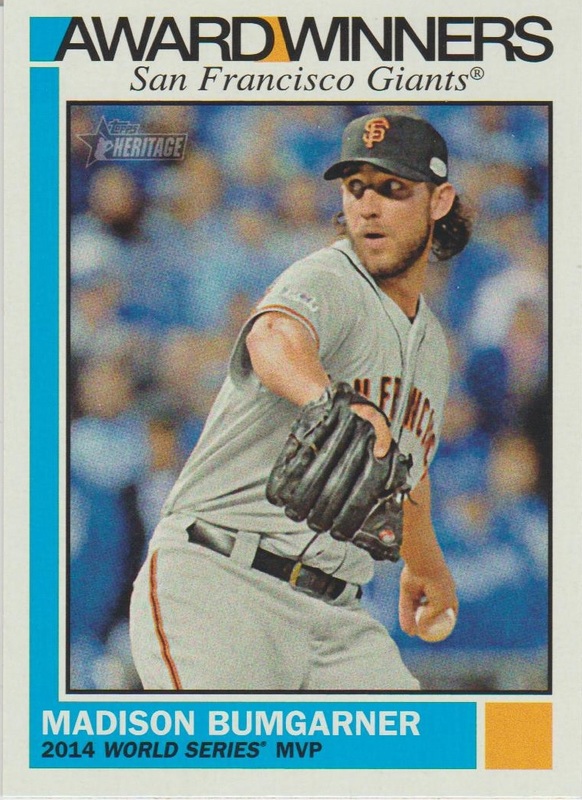
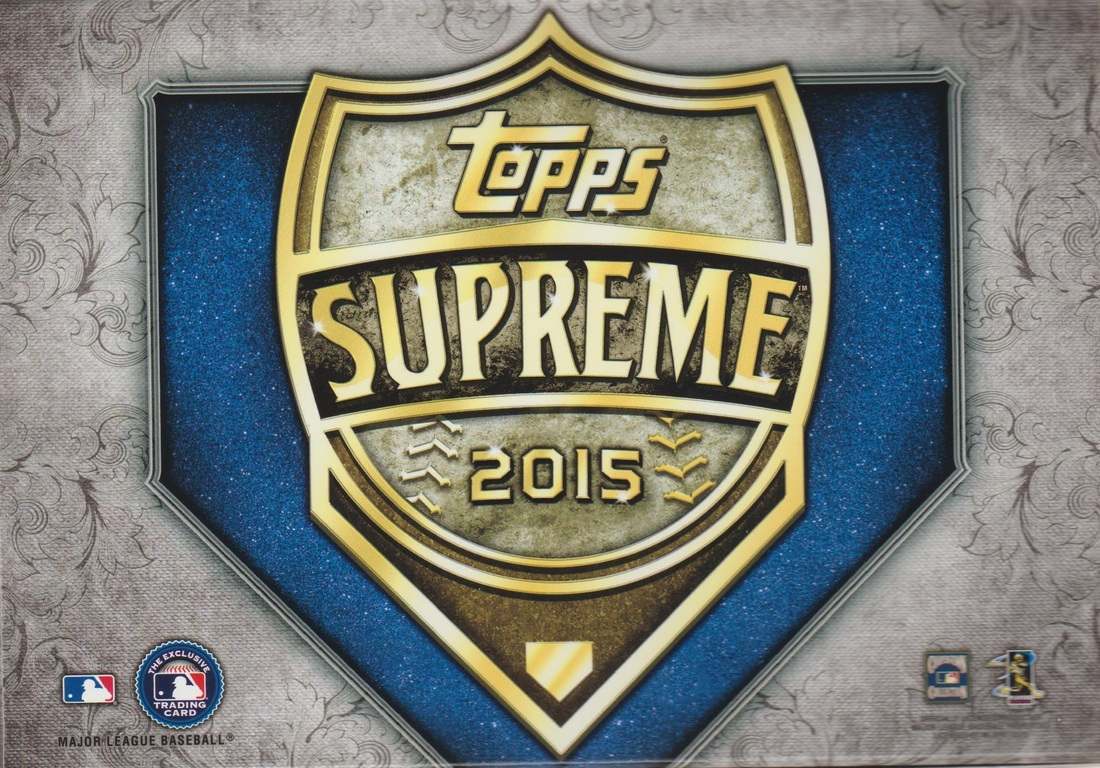
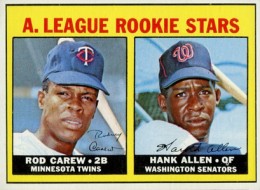
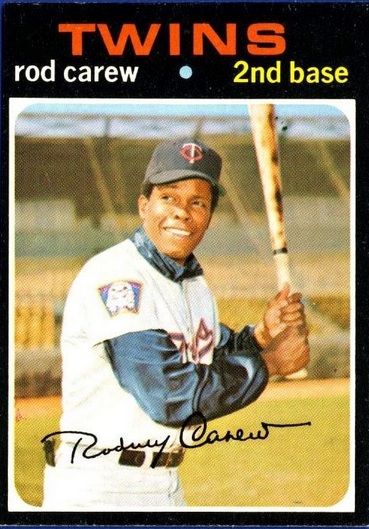
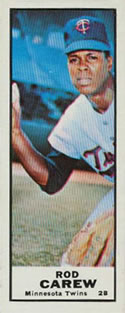
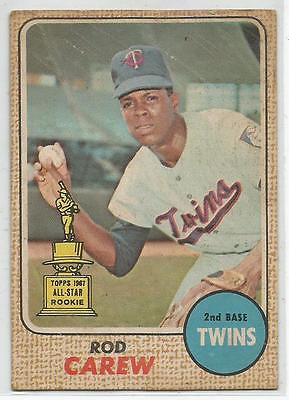
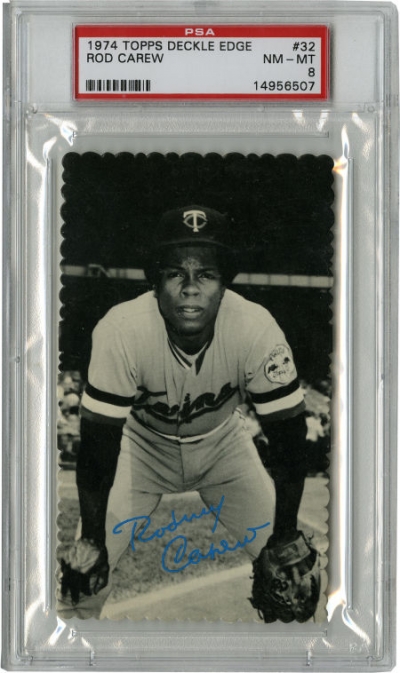
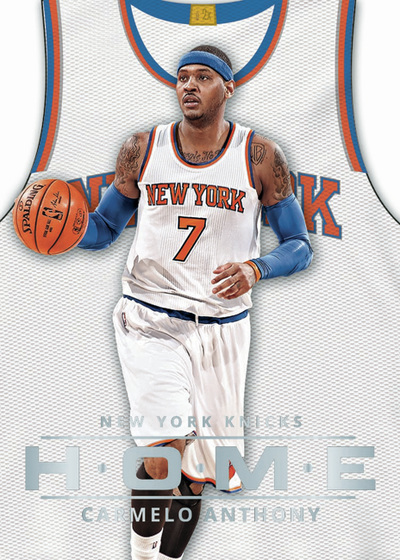
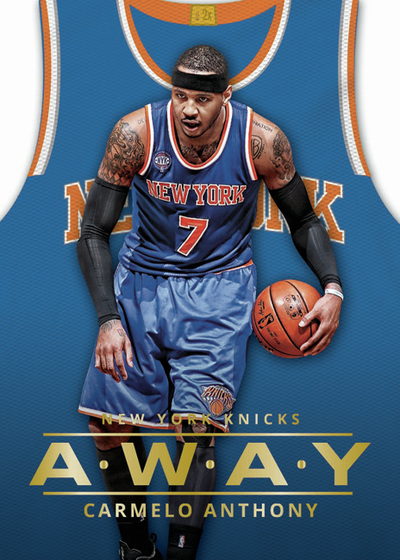
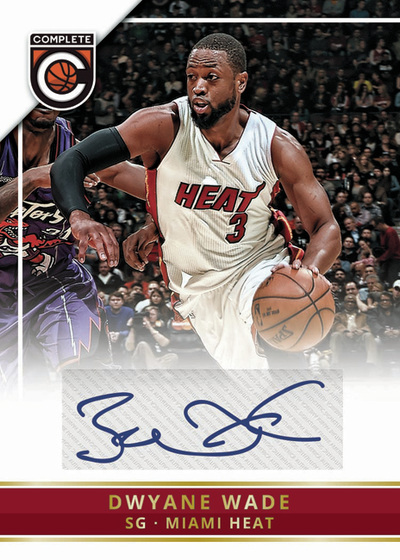
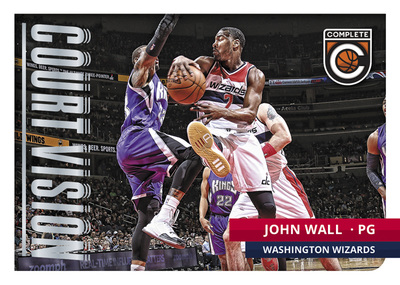
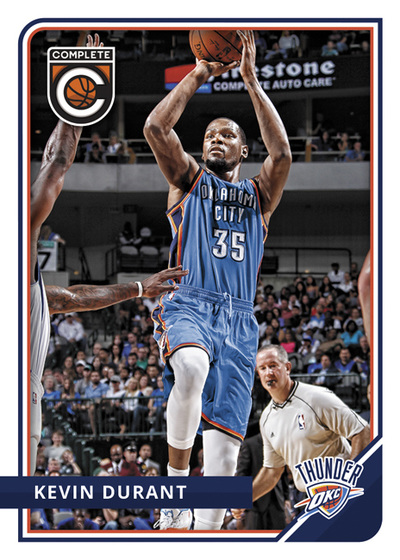
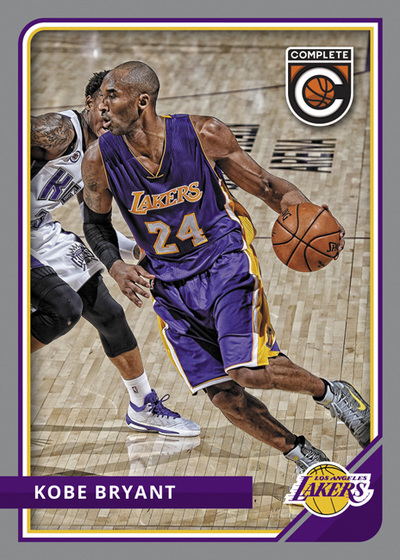
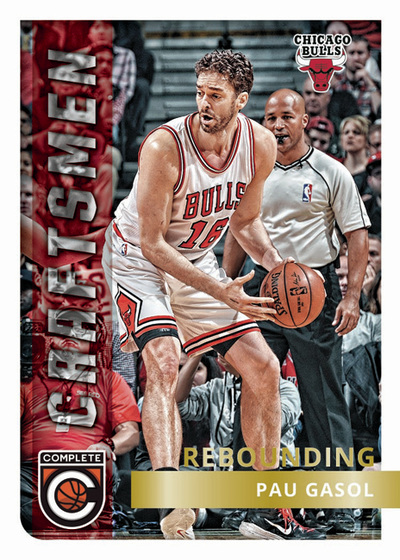
 RSS Feed
RSS Feed
